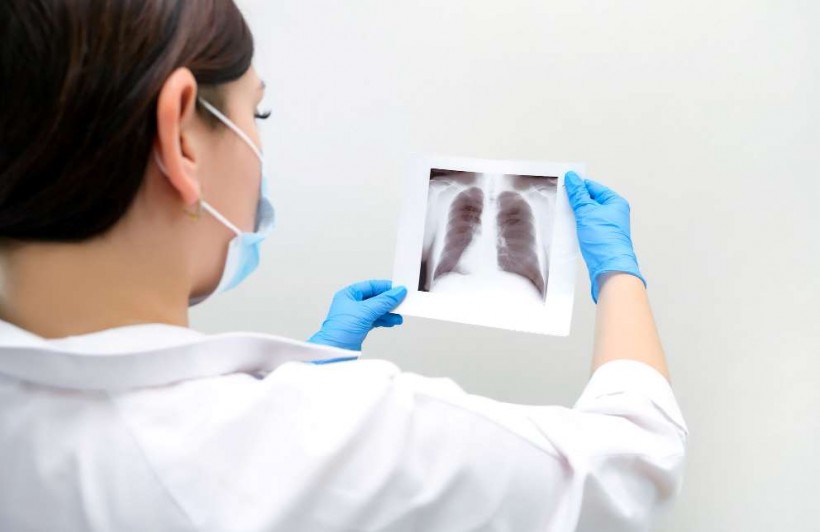DVT and Pulmonary Embolism
Warning: Undefined variable $post in /home/dietofli/public_html/wp-content/plugins/code-snippets/php/snippet-ops.php(584) : eval()'d code on line 3
Warning: Attempt to read property "ID" on null in /home/dietofli/public_html/wp-content/plugins/code-snippets/php/snippet-ops.php(584) : eval()'d code on line 3
The estimated reading time is 3 minutes
Warning: Undefined variable $post in /home/dietofli/public_html/wp-content/plugins/oxygen/component-framework/components/classes/code-block.class.php(115) : eval()'d code on line 3
Warning: Attempt to read property "ID" on null in /home/dietofli/public_html/wp-content/plugins/oxygen/component-framework/components/classes/code-block.class.php(115) : eval()'d code on line 3

Deep vein thrombosis is a potentially serious medical condition. If deep vein thrombosis (DVT) is not promptly treated, you may be at risk of developing a life-threatening blood clot in your lungs: pulmonary embolism (PE). You should know the signs and symptoms of DVT and PE, as well as the measures you can take to reduce your risk.
Deep Vein Thrombosis
Venous thrombosis is the medical term for a blood clot that forms in your vein. If a blood clot forms in the “deep” veins of your pelvis, arm, calf or thigh, you have DVT. The signs and symptoms of DVT include:
- Unexplained tenderness or pain in your leg or arm
- Swelling unrelated to injury
- Redness or skin warmth
Know Your Risks of Developing DVT
While DVT has genetic components, there are several medical conditions that can increase your risk of developing DVT. Some of the known risk factors include:
- Pregnancy, birth control, and hormone replacement therapy
- Advancing age (over 60)
- Surgery or trauma of the brain, hip, pelvis or knee
- Some forms of cancer that increase blood clotting
- A history of varicose veins
- Inflammatory bowel disease
- Heart failure or kidney disease
- Limited mobility
- Obesity
- Smoking
It’s important to know your risk of DVT and the symptoms. If you have symptoms, such as unexplained pain, warmth, and swelling, you are advised to seek prompt medical care. This reduces the risk of DVT causing a blood clot in your lungs.
Pulmonary Embolism
A pulmonary embolism is a blockage, typically a blood clot, that travels from one part of your body, and blocks an artery in your lungs. The obstruction interferes with your supply of oxygen. Anyone diagnosed with deep vein thrombosis should remain alert for indication that the blood clot has traveled to their lungs. The symptoms of PE include:
- A rapid or irregular pulse
- A sharp or stabbing chest pain that may worsen when you inhale
- Rapid breathing
- Coughing, typically a dry cough but may contain blood or mucus
- Clammy or discolored skin
- Dizziness
It is essential to seek immediate treatment if you develop symptoms of an embolism in your lungs. Severe symptoms require emergency medical care. The treatment for this condition is aimed to keep the clot from growing, removing the blockage, and preventing the formation of new blood clots.
In some cases, the embolism is caused by a substance other than a blood clot. A pulmonary blockage can also result from the marrow of a broken bone, part of a tumor, or air bubbles.
Preventing DVT and PE
Preventing clots in the deep veins of your legs can help reduce your risk of lung embolism. Prolonged travel, more than four hours by bus, car, train or plane, can double or quadruple your risk of developing DVT. The following suggestions may reduce your risk.
- Take breaks to stand and walk at least every third hour
- Move your legs frequently while confined to improve your circulation
- Flex your ankles every 15-30 minutes
- Consult your physician about compression stockings before traveling
- Stay adequately hydrated and avoid alcohol to keep blood from thickening
- Avoid wearing tight or uncomfortable clothing
- Be aware of DVT signs and symptoms to help reduce your risk of pulmonary embolism
If you previously had a blood clot, there is a 30 percent chance that it could happen again. A family history of the condition increases your risk as well, but your fate is not sealed. A healthy diet and aerobic exercise will reduce your risk of developing DVT, which reduces your risk of developing a pulmonary blood clot.














